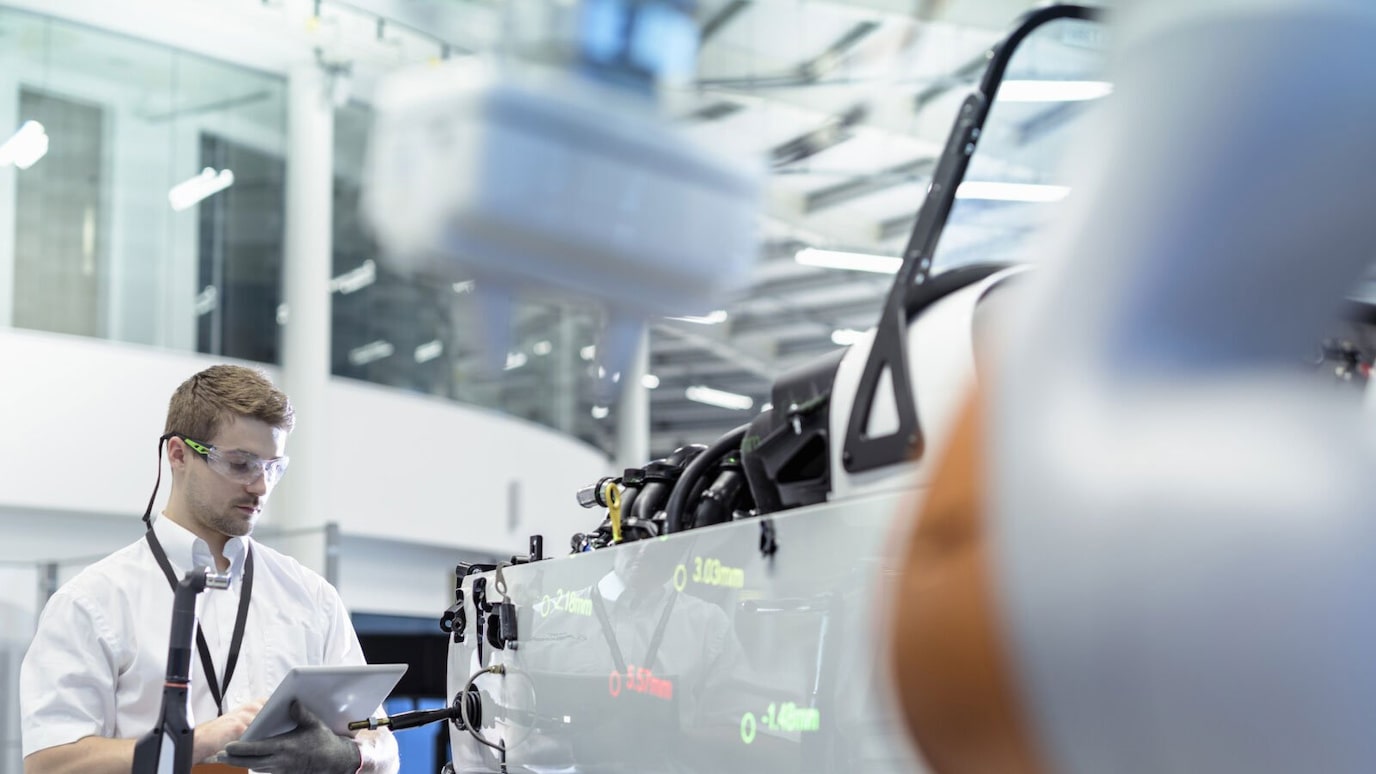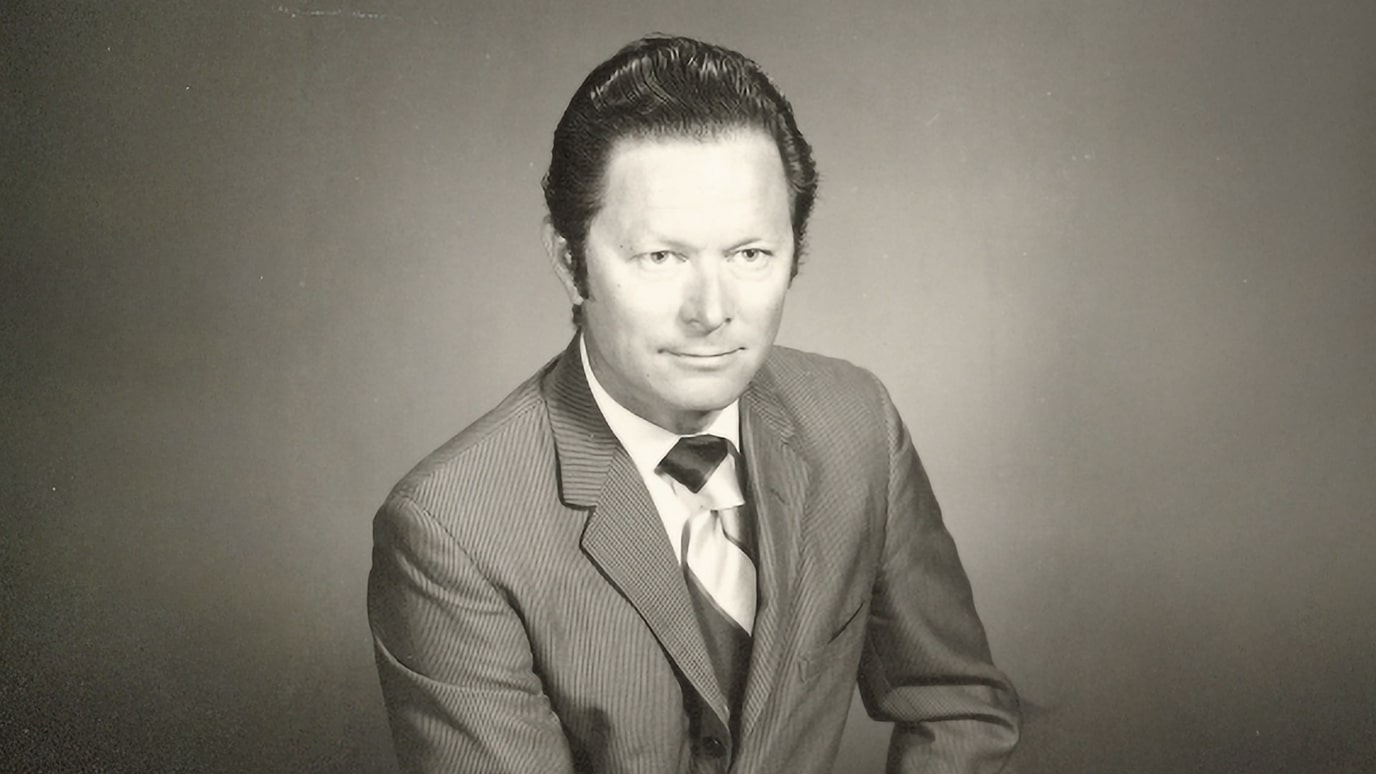The 3 GPP IP multimedia subsystem (IMS) is currently expected to provide the basic architecture framework for the next generation network which will bridge the traditional divide between circuit-sw
First Page of the Article
We propose a new method for the simulation of microcellular propagation channels, which includes both deterministic and stochastic aspects.
We introduce a new routing method, 10-40 Gb/s synergy, that reduces the blocking probability of at least 15% against classical routing with both bit-rates.
Describes an experimental telephone exchange of the space division type and with electronic control.
Film adhesion, which is an important reliability factor in many microelectronic structures, is usually evaluated by peel testing.
The dynamics of non-equilibrium electron transport in bipolar devices has been investigated by calculating minority carrier elastic and inelastic scattering rates as a function of energy for differ
The SCALPEL proof of lithography (SPOL) tool uses alignment marks for many applications ranging from periodic setup and calibration to routine alignment and registration for achieving level to leve
Epitaxial thin films of NiSi sub 2 on Si(100) have been grown by room temperature deposition of Ni followed by a high temperature reaction.
Data Centre TCP (DCTCP) was designed to provide predictably low queuing latency, near-zero loss, and throughput scalability using explicit congestion notification (ECN) and an extremely simple mark



